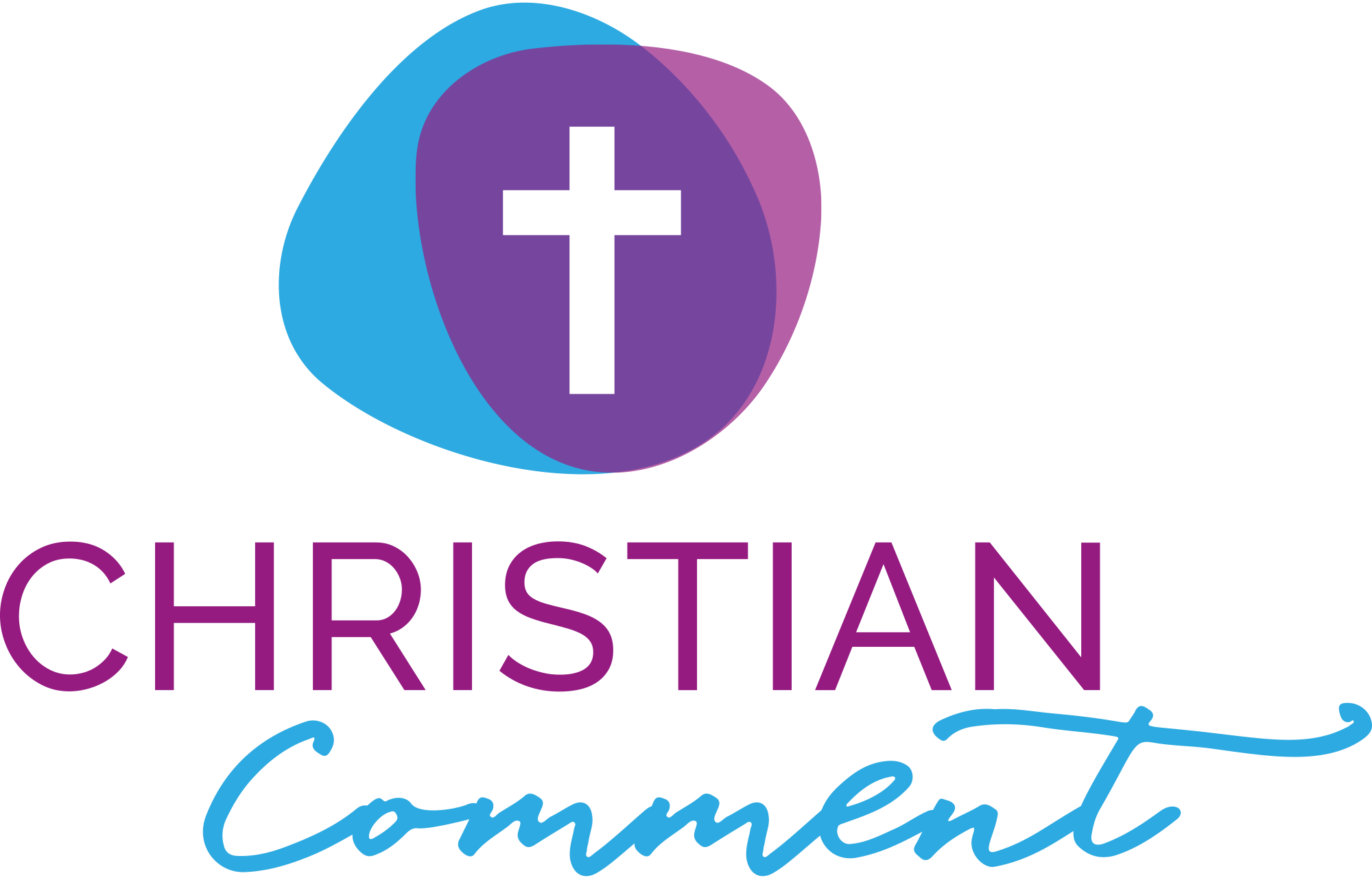Peter Sammons considers the ambition to reclaim the past. Part 1 of 3 – Russia.
Last month we commented on the propensity of history to ‘repeat’ itself. Such truth is exposed in the Bible, not just in casual evaluation of history. Presently our world faces three national leaders who seek to take their nations back to what they perceive as ‘halcyon’ days. These are President Vladimir Putin (Russia), President Recep Tayyip Erdo?an (Turkey), and Prime Minister Narendra Modi (India). Their overlapping ambitions, supported by much of their ‘electorate’ (sic) appear to affirm the Bible’s view of the world in its end-game.
We look at the three in turn. First Putin and Russia.
Reestablish
Over the past decade, President Putin’s domestic and foreign policies reveal a consistent ambition to reestablish Russia as a dominant imperial power reminiscent of the Czarist era. While not a literal resurrection of the Romanov dynasty, Putin’s actions suggest a desire to restore Russia’s historical sphere of influence and centralized autocracy, hallmarks of the imperial model that existed before the 1917 revolution. This case can be argued through several key points:
Territorial Expansion and Influence
Putin’s most overt imperial signal has been aggressive foreign policy toward neighboring states, reflecting a desire to reclaim lands historically under Russian imperial control:
*Annexation of Crimea (2014): Crimea was part of the Russian Empire from the late 18th century until the 1950s. Putin justified its annexation using historical narratives, referencing Catherine the Great and Russia’s imperial legacy.
*Invasion of Ukraine (2022–present): Beyond strategic considerations, the war is justified domestically by rhetoric about “reuniting the Russian world,” invoking ideas of a shared Orthodox, Slavic, and imperial past. The goal is not merely geopolitical control, but cultural and political reunification.
*Support for separatist regions (Donbas, Abkhazia, South Ossetia, Transnistria): These interventions mirror the imperial strategy of projecting influence without full annexation, maintaining a buffer of semi-dependent satellite states.
Historical Symbolism and Narratives
Putin has revived imperial iconography and narratives drawing directly from the Czarist period:
*Glorification of Imperial Russia: Putin has publicly lamented the fall of the Soviet Union but has more subtly expressed admiration for the broader arc of Russian empire-building, including the Czarist era.
*State Orthodox Church Partnership: The Czarist empire was deeply intertwined with the Russian Orthodox Church. Putin has significantly strengthened state-church ties, using Orthodoxy as a unifying national identity—another imperial hallmark.
*Promotion of Russian Exceptionalism: Through media, education, and public commemorations, Putin reinforced the idea of Russia as a unique civilization with a divine or historical right to lead and dominate its periphery, echoing the imperial “Third Rome” ideology.
Autocracy and Imperial Manner
Internally, Putin has constructed a system of governance mirroring Czarist autocracy:
*Power Centralization: Constitutional changes in 2020 effectively allow Putin to rule until 2036, consolidating authority much like a hereditary monarch.
*Suppression of Dissent: The clampdown on media, civil society, and political opposition evokes the czarist-era secret police and censorship structures.
*Cult of Personality: The state’s portrayal of Putin as a father-of-the-nation figure resembles the veneration of czars as sacred, paternal rulers.
Geopolitical and Cultural Expansion
The empire wasn’t just territory—it was a civilizational mission:
*Russification Policies: In occupied and influenced territories, there has been forced use of the Russian language, suppression of local identities, and integration of Russian administrative systems.
*Promotion of a ‘Russian World’ (Russkiy Mir): This ideological construct, endorsed by Putin, calls for the unification of all Russian-speaking people under Moscow’s leadership, resembling the cultural imperialism of the Romanovs. [ This is reminiscent of Hitler’s determination to unify German-speaking Aryans before and during WW2 ].
Christian Comment
President Putin’s actions—territorial aggression, domestic autocracy, ideological expansion, and revival of imperial symbolism—present a cohesive pattern mirroring the aims and methods of the Czarist empire. While the form is adapted for the 21st century, the function is clear: to reassert Russia’s dominance over its historic sphere, elevate the Orthodox-Slavic identity as a civilizational banner, and concentrate authority under a central, almost monarchic figure. This is not merely nostalgia—it is imperial restoration in modern dress.
Thus far much of what we have said is being said by political commentators, and historians. But what the emerging autocracies remind us is that our Lord Jesus warned of ‘kingdom against kingdom, and ethnic versus ethnic (Matthew 24:7 ; Mark 13:8). Revelation warns of a King of the North, a King of the South, and a King of the East. It seems likely that ‘Russia’ will have some active involvement in end time military maneuverings, possibly in concert with Turkey. Which brings us to our second article. Please look out for Recep Tayyip Erdo?an.
<<<<<<>>>>>>
Peter Sammons wrote “Last Days and End Times – What Jesus Says About The Future” which looks in detail at what the Bible reveals about Man’s heart, and our collective futures: https://christian-publications-int.com/Last_Days_and_End%20Times.html



Recent Comments